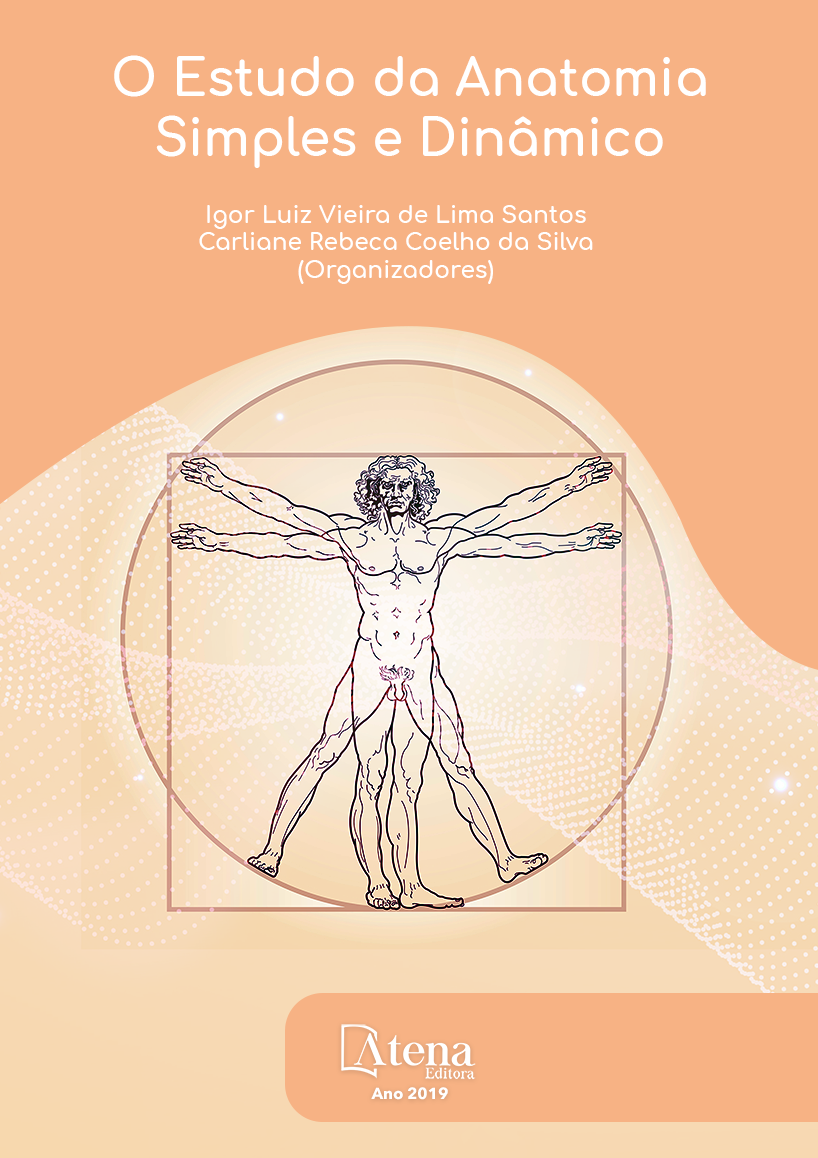
MORFOMETRIA DO APARELHO REPRODUTOR MASCULINO DE CETÁCEOS DA ESPÉCIE Sotalia guianensis PROVENIENTES DE ENCALHES NO LITORAL ALAGOANO
Dentre as diversas espécies de
animais marinhos existentes, os cetáceos se
destacam por serem mamíferos placentários
que desenvolveram importantes adaptações
anatômicas e fisiológicas no meio aquático.
As dificuldades nas realizações de estudos
anatômicos em tecidos e órgãos de cetáceos,
deve-se muitas vezes ao encontro de animais
mortos e ainda preservados em encalhes na
costa marinha do Brasil. Diante da importância
dos cetáceos para o equilíbrio da biodiversidade
marinha nacional, associado a carência de
estudos morfológicos e morfométricos nestes
animais, objetivou-se com o presente estudo,
descrever a morfologia e a biometria dos órgãos
constituintes do aparelho reprodutor masculino
de cetáceos da espécie S. guianensis,
proveniente de encalhes no litoral de Alagoas.
Dois exemplares de cetáceos adultos,
provenientes de encalhes, foram doados pelo
Instituto Biota de Conservação de Animais
Marinhos para o Laboratório de Anatomia
Animal, da Universidade Federal de Alagoas.
No laboratório de Anatomia da UFAL os animais
foram dissecados, sendo os órgãos genitais
masculinos retirados e acondicionados em
solução de formaldeído a 10% por um período
de 48 horas para fixação. Posteriormente
a fixação, os órgãos foram submetidos a
realização de estudos morfométricos. Pôdese
observar que os órgãos sexuais masculinos
do S. guianensis foram compostos por um par
de testículos, epidídimos, ductos deferentes,
pelve vestigial, próstata, uretra e pênis com
importantes variações morfométricas em todos
os seus componentes genitais. Conclui-se que
as variações morfométricas observadas nos
órgãos genitais masculinos do S. guianensis,
indicam adaptações reprodutivas evolutivas
importantes para o ambiente marinho.
MORFOMETRIA DO APARELHO REPRODUTOR MASCULINO DE CETÁCEOS DA ESPÉCIE Sotalia guianensis PROVENIENTES DE ENCALHES NO LITORAL ALAGOANO
-
DOI: 10.22533/at.ed.32419250911
-
Palavras-chave: Anatomia animal, Biometria, Mamíferos aquáticos.
-
Keywords: Animal anatomy, Biometry, Aquatic mammals
-
Abstract:
Among the various existing marine species, cetaceans stand out as
placental mammals which have developped significant anatomical and physiological
adaptations in the aquatic environment. The difficulties encountered during anatomical
studies in cetacean tissues and organs are often due to the presence of dead and
still preserved animals in strandings on the Brazilian coast. Given the importance of
cetaceans for the balance of the national marine biodiversity, in association with the
lack of morphological and morphometric studies involving these animals, it was aimed
at the present study to describe the morphology and biometric organs of the male
reproductive apparatus of cetaceans of the species S. guianensis found in strandings
in the coast of Alagoas. Two specimens of adult cetaceans, collected from strandings,
were donated by the Biota Institute of Marine Animal Conservation to the Animal
Anatomy Laboratory, which belongs to the Federal University of Alagoas (UFAL). In the
University’s Anatomy laboratory, the animals were dissected; the male genitalia were
removed and put up in a 10% formaldehyde solution for a period of 48 hours to fixation.
Subsequently to the fixation, the organs were submitted to morphometric studies. It
was observed that the male sex organs of the S. guianensis were composed of a
pair of testicles, epididymis, vas deferens, vestigial pelvis, prostate, urethra and penis
with relevant morphometric variations in all its genital components. It is concluded that
the morphometric variations observed in the male genital organs of the S. guianensis
indicate significant evolutionary reproductive adaptations to the marine environment.
-
Número de páginas: 15
- Tiago Rodrigues dos Santos
- Danillo de Souza Pimentel


